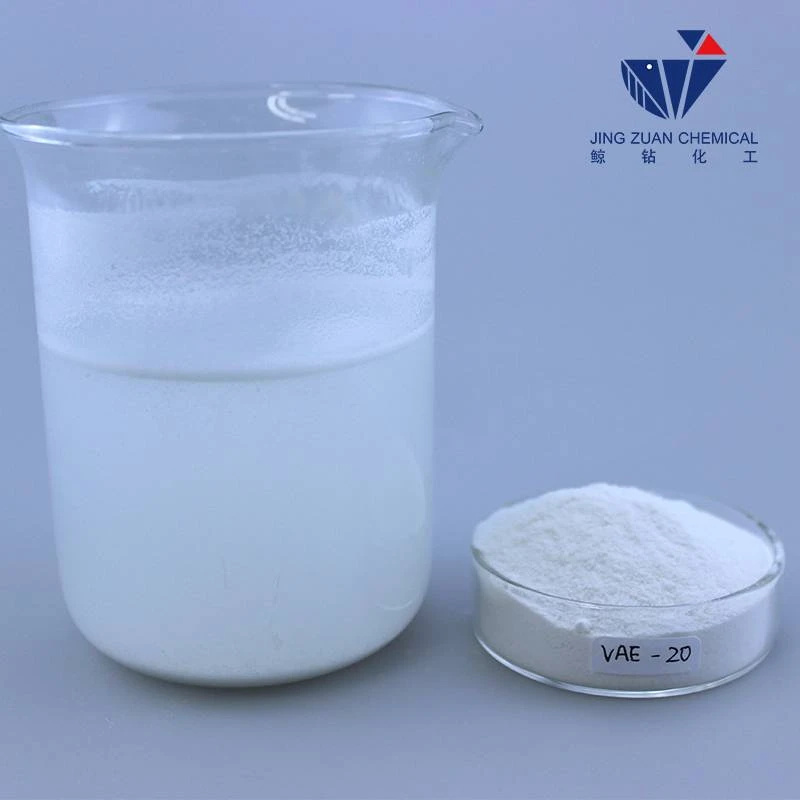
Dec . 04, 2024 18:00 Back to list
hydroxyethyl cellulose manufacturing process
The Manufacturing Process of Hydroxyethyl Cellulose
Hydroxyethyl cellulose (HEC) is a non-ionic, water-soluble polymer derived from cellulose. Used predominantly in the pharmaceutical, cosmetic, paint, and construction industries, HEC is valued for its thickening, emulsifying, and film-forming properties. Understanding the manufacturing process of hydroxyethyl cellulose is imperative for industries reliant on its versatility and performance.
Raw Materials and Preparation
The primary raw material for HEC is cellulose, a natural polymer derived from plant cell walls. The cellulose is typically extracted from sources such as wood pulp or cotton. The quality of the cellulose is vital, as impurities can adversely affect the properties of the final product. The first step involves depolymerizing cellulose to a manageable degree through a chemical process that typically employs the use of alkaline solutions, which help to break down the cellulose fibers.
Etherification Process
The core of HEC production lies in the etherification process, where the cellulose is modified to introduce hydroxyethyl groups. This transformation enhances the solubility and functional characteristics of cellulose. The etherification usually employs ethylene oxide (EO), a key reagent that reacts with the hydroxyl groups present in cellulose.
During this step, cellulose is first treated with an alkaline solution, commonly sodium hydroxide (NaOH), which activates the hydroxyl groups on the cellulose chains. Subsequently, ethylene oxide is added under controlled conditions. The reaction typically occurs in a high-pressure reactor, where temperature and pressure are closely monitored to ensure optimal etherification without degradation of the cellulose backbone. The ratio of EO to cellulose significantly influences the degree of substitution, which directly correlates with the properties of the finished product.
Careful management of reaction conditions, including temperature (usually between 40-70°C) and time (from several hours to days), is crucial. The desired viscosity and solubility of HEC are attained by adjusting these parameters.
Neutralization and Purification
hydroxyethyl cellulose manufacturing process

Post-etherification, the reaction mixture contains unreacted reagents and by-products, necessitating purification. Neutralization is achieved by adding an agent such as hydrochloric acid (HCl) to eliminate the alkaline residue. Following this, the resultant hydroxyethyl cellulose is washed with water to remove any soluble impurities.
The purified product may then undergo a series of filtration and drying processes. Wet HEC is typically dried using methods such as spray drying or drum drying to obtain a powder form that is easy to handle and incorporate into formulations.
Quality Control and Testing
Quality control is a critical phase in the manufacturing of hydroxyethyl cellulose. Various tests are carried out to assess parameters such as viscosity, pH, and purity. Viscosity measurements are particularly important since they determine how HEC will behave in applications. Manufacturers typically utilize Brookfield or rotational viscometers for this purpose.
Additionally, ensuring compliance with industry standards, especially in pharmaceutical and cosmetic applications, is mandatory. HEC must undergo rigorous testing to confirm that it is free from contaminants and adheres to specific regulatory standards, such as those set by the FDA or EMA.
Applications and Market Presence
Hydroxyethyl cellulose finds applications across diverse industries. In pharmaceuticals, it serves as a thickening agent in gels and ointments. In cosmetics, it is used in creams and lotions for its emulsifying properties. The paint and coatings industry also exploits HEC's ability to enhance the texture and stability of products. Furthermore, its application in construction materials, such as mortars and adhesives, is significant due to its water retention capabilities, which improve workability and adhesion.
Conclusion
The manufacturing process of hydroxyethyl cellulose is a sophisticated yet essential operation that allows industries to enhance product performance significantly. By understanding the raw materials, chemical processes, and rigorous quality control involved, manufacturers can produce consistent and high-quality HEC that plays a vital role in numerous applications. As industries continue to evolve, the demand for hydroxyethyl cellulose is expected to grow, underscoring the importance of innovation and efficiency in its production processes.
-
Unlocking the Benefits of HPMC Products: A Gateway to Versatile Applications
NewsAug.07,2025
-
Unleashing the Potential of HPMC Ashland: A Comprehensive Look
NewsAug.07,2025
-
Tile Bonding Cellulose: The Key to Superior Adhesion and Durability
NewsAug.07,2025
-
Hydroxypropyl Methylcellulose Powder: The Versatile Component in Modern Pharmaceuticals
NewsAug.07,2025
-
Hydroxyethyl Cellulose: The Versatile Solution for Various Industries
NewsAug.07,2025
-
Hydroxyethyl Cellulose (HEC): The Versatile Polymer for Various Applications
NewsAug.07,2025







